Snow and ice-covered roads are a wintertime possibility throughout the west. That’s why it’s a good idea to carry traction devices wherever you go. As long as chains are listed as an option in your owner’s manual, quick-fit chains are likely the best choice for you. They can last for years and take you over the mountain and back again safely.
Tire sock traction devices are a new alternative to chains that work with low-clearance vehicles and are fast and easy to install.
First, you’ll want to get the right set of tire socks for your vehicle at your local Les Schwab. Your size of tire socks depends on the size of your wheels and tires.
When installing tire socks, put them on the driving wheels of your vehicle. If your car or truck is front-wheel drive, the socks go on the front. Rear-wheel drive? Put them on the back. If you have all-wheel drive or four-wheel drive, check your owner’s manual. Not sure? The experts at Les Schwab can help.
Put your vehicle in park and use the emergency brake for extra safety. Now, take everything out of your clean, tire sock bag.
In it, you’ll likely find two tire socks, a set of instructions, and a pair of plastic, waterproof gloves to keep your hands dry in the snow. Lay the bag on the ground to keep your knees from getting wet.
Fit each tire sock over your tire from the top to the bottom.
Move your vehicle forward a few feet. Put your vehicle in park and use the emergency brake again.
Then pull the remainder of your tire sock into position. Your tire socks will center themselves once you start driving.
While you’re driving with tire socks installed, make sure to use your vehicle’s traction control (if available), avoid spinning your tires, and keep your speeds below 30 miles per hour.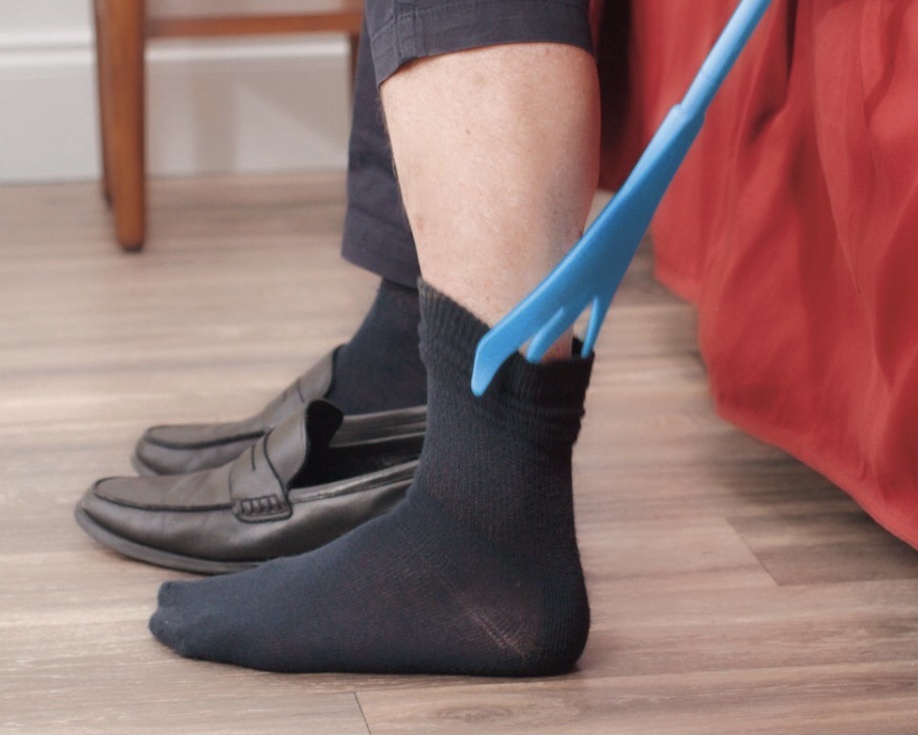
Removal is just as easy. Pull them off the top of your tire, drive forward a few feet, and pull them off completely.
When used only on snow and ice, tire socks can be reused over and over. Just don’t drive on bare or wet pavement with them on. That’ll wear them out fast. And don’t leave them on while you’re parked. Over time, they can freeze in place and make it difficult for you to get moving again.
After you’re done using your tire socks, give them time to dry before storing them.
Remember, if your tire socks are unused at the end of winter, you can return them to any Les Schwab for a full refund in the spring.
Be ready for anything the weather throws your way. Get a set of tire sock traction devices along with a few tips on how to install them, at Les Schwab.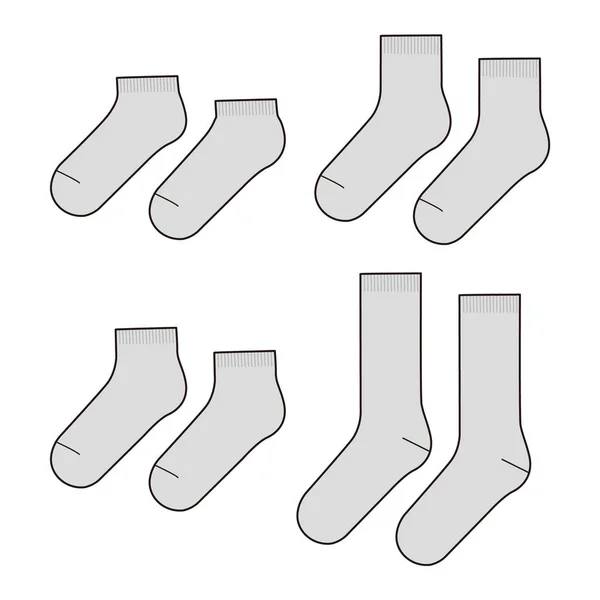 Want more tips on winter road safety? See 19 Winter Driving Resources You Can’t Do Without.
Want more tips on winter road safety? See 19 Winter Driving Resources You Can’t Do Without.
Get More Winter Tips
The winter season is rapidly approaching, with temperatures dropping and snowfall imminent. If you haven’t already, now’s the time to buy your snow tires. Though, for anyone who doesn’t feel they need a full winter tire, there may be a solution. Tire socks, which wrap around your wheels, can add traction in the snow without subtracting money from your wallet.
Woman installing tire sock to her car in the snow | Pochard Casabianca/AFP via Getty ImagesSimply put, tire socks are textile fabrics that wrap around your tires. To install tire socks, you have to first wrap them around the top of the tire, inch the car forward, then wrap the remaining material on. Having to do this process in the cold, wet snow can be uncomfortable. But the payoff is that snow socks can provide great traction at a low cost.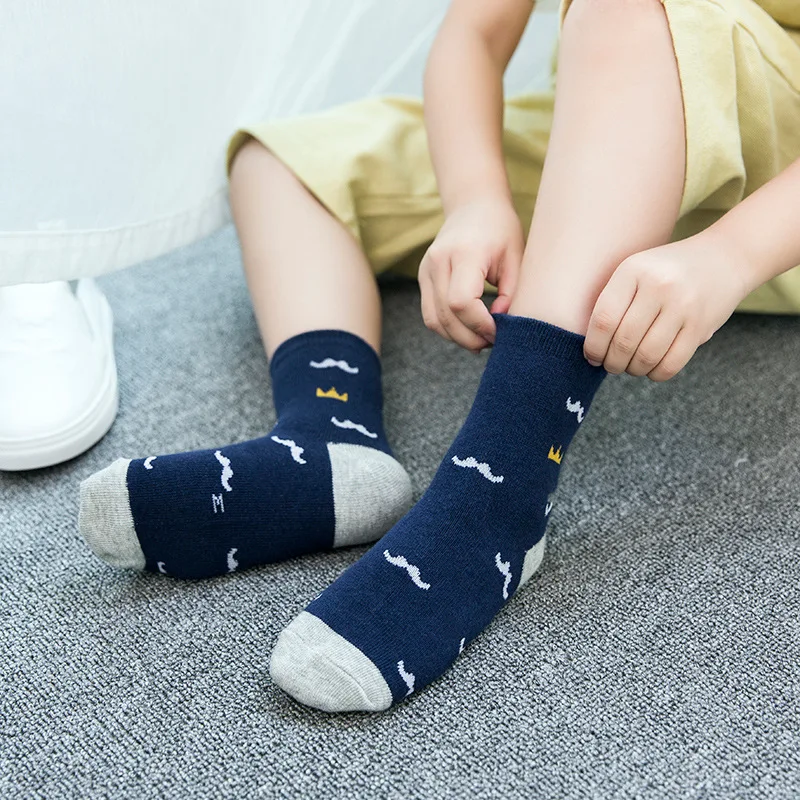
These tire socks range from $70 to $140 per sock, and you only need them for the tires that drive the car (i.e. if the car is a front-wheel-drive model, attach them to the two front wheels). And what’s great is after Consumer Reports tested three brands of tire socks, they all have similar or better performance when compared to traditional winter tires.
But just because you can use tire socks as a replacement for snow tires doesn’t mean you should, as there are some drawbacks and limitations for using tire socks.
If you don’t drive on highways or anywhere above 25 miles per hour, then tire socks could work. The top speed is limited to 25 or 30 miles per hour (depending on the brand) and will become ice skates if you travel much faster. Winter tires, on the other hand, can handle excess speeds and maintain grip.
Tire socks also shouldn’t be used as a replacement for tire chains.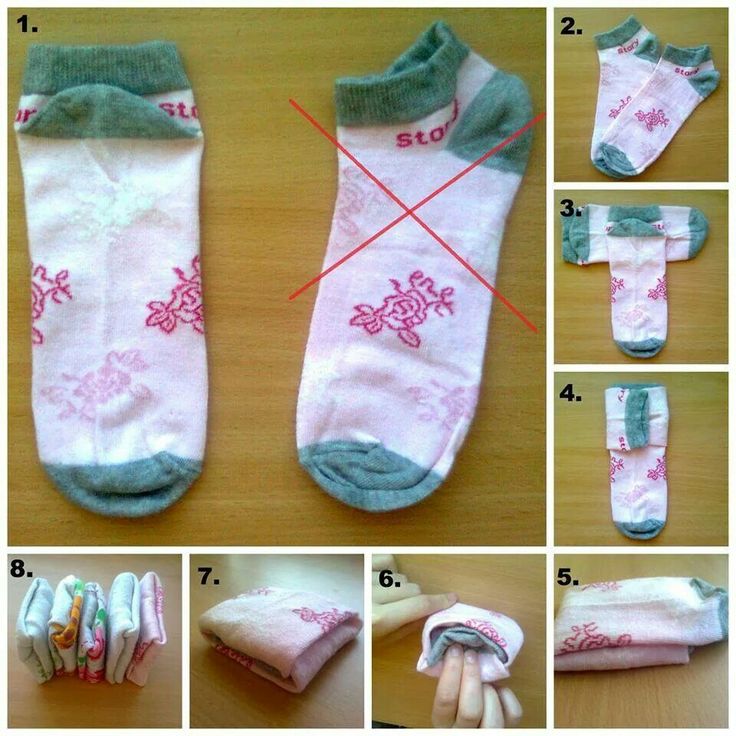 Some states require that tire chains be used in incredibly snowy conditions, and tire socks aren’t always acceptable. So when is using snow socks instead of snow tires a good idea?
Some states require that tire chains be used in incredibly snowy conditions, and tire socks aren’t always acceptable. So when is using snow socks instead of snow tires a good idea?
Related
If you live in an area where it only snows occasionally, then tire socks might be a good investment. For starters, running snow tires on regular roads will wear the winter tires out faster. The rubber of winter tires is softer, and isn’t built to run on non-snowy terrain. So if you don’t get enough snow to justify snow tires, but do face cold winters, tire socks are perfect.
On top of that, tire socks are easy to install and remove. And because you’ll use them less, they’ll last years longer than traditional winter tires. And they’ll save you a few bucks in the process.
So if you only have light snowfall, and just need to run a quick errand to the store, then tire socks are an excellent solution.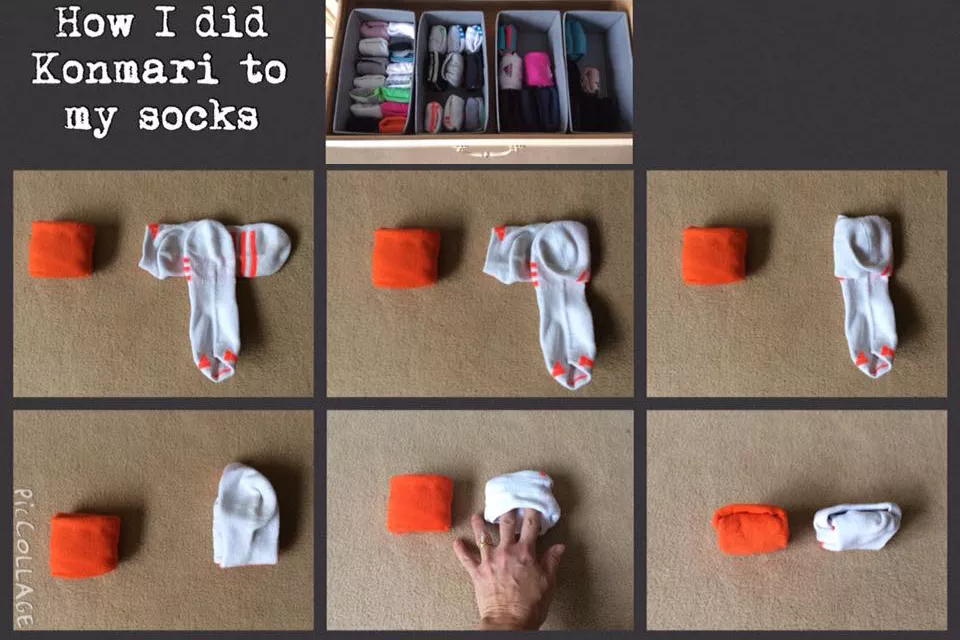 However, if you live somewhere snowy, buy a set of dedicated winter tires to ensure you stay safe.
However, if you live somewhere snowy, buy a set of dedicated winter tires to ensure you stay safe.
According to the current traffic regulations, drivers must change their shoes from summer tires to winter tires in a timely manner. At the same time, the use of friction and studded rubber is allowed in Russia. In Western Europe, as an alternative to special winter tires, you can use anti-slip chains or the recently introduced socks for summer tires. The use of the latter can significantly reduce the costs of car owners, while simplifying the operation of a car in the mountains and on snowy country roads. nine0003
These anti-slip socks are made from heavy-duty textiles.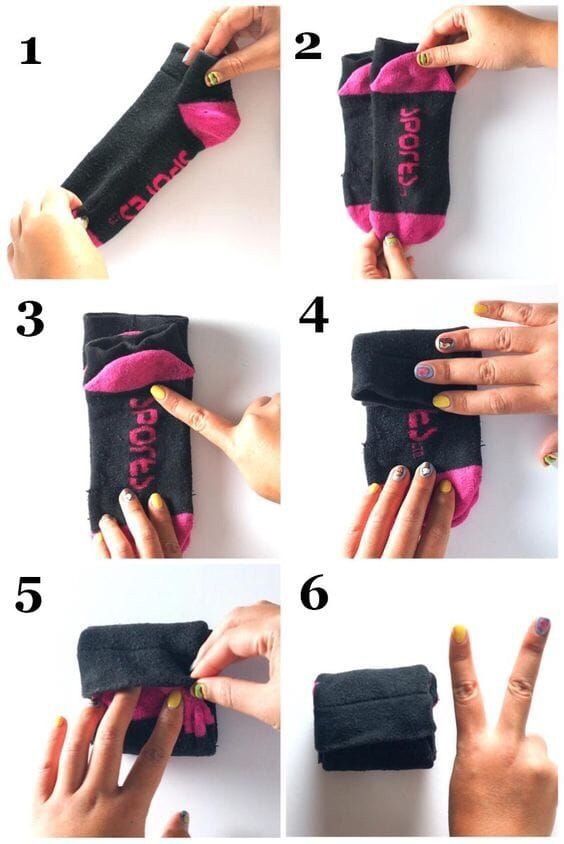 In their appearance, they resemble a cover that is put on tires. The main purpose of such socks is the absorption of water, which occurs when the wheels are rubbed with icy and snowy water. The contact patch with the road is significantly improved, respectively, such wheels, shod in car socks, better hold the icy and snowy road.
In their appearance, they resemble a cover that is put on tires. The main purpose of such socks is the absorption of water, which occurs when the wheels are rubbed with icy and snowy water. The contact patch with the road is significantly improved, respectively, such wheels, shod in car socks, better hold the icy and snowy road.
Beautiful does not mean complicated. Top 9 Home Plants for Beginners0003
Stability of lifestyle: how to understand that a man is faithful in a relationship
Einstein described the connection between biology and physics 70 years before it was confirmed
Wheel socks were developed in Western Europe for use in regions with relatively mild winters . Even in Spain, Italy and France, where there is no snow in the south in winter, the roads are often slippery in the mountains. Drivers previously had to use anti-skid chains, which had both advantages and disadvantages. Whereas it did not make sense to purchase full-fledged winter tires in regions with a warm climate, since negative temperatures are very rare here even in January-February. Ultimately, as an alternative to such anti-skid chains, tire socks were developed that are easy to use. nine0003
Whereas it did not make sense to purchase full-fledged winter tires in regions with a warm climate, since negative temperatures are very rare here even in January-February. Ultimately, as an alternative to such anti-skid chains, tire socks were developed that are easy to use. nine0003
Serbia - a great option for a vacation: how to have fun in the country - the best options
Friendship implant caught the imagination of scientists: mice changed their behavior
A young couple from Spain creates unusual surrealistic pictures
snow socks are only for emergencies, for example, to climb a hill with an icy road.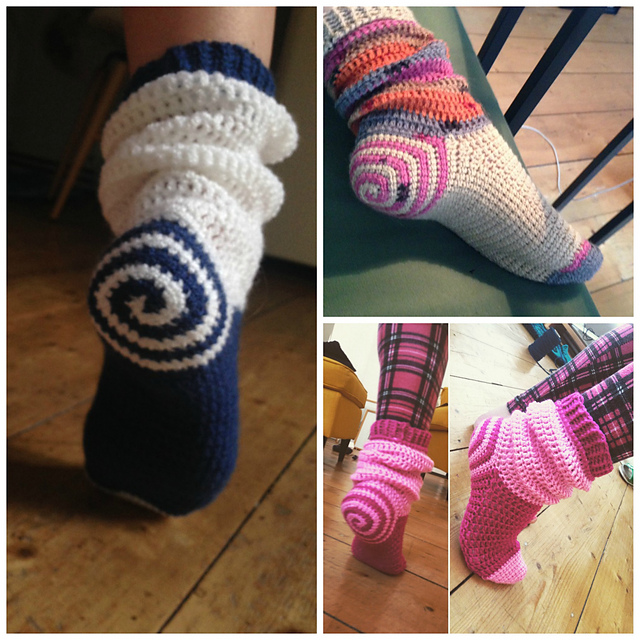 It will be impossible to use them constantly, since they are designed to travel by car at a speed of no more than 50-60 km / h. The manufacturer allows the use of such socks only on the drive axle, but for greater safety it is still recommended to wear them on all four wheels. nine0003
It will be impossible to use them constantly, since they are designed to travel by car at a speed of no more than 50-60 km / h. The manufacturer allows the use of such socks only on the drive axle, but for greater safety it is still recommended to wear them on all four wheels. nine0003
Direct use of such socks on wheels is not particularly difficult. You will need to stop the car on a flat surface and tighten the handbrake. Jacking up the car is not required in this case. Next, carefully put a sock on the wheel, after which you need to adjust it with the help of straps. After that, you can continue on your way, being sure of a good grip on the roadway. At the same time, remember about the speed limit of 50-60 km / h. nine0003
The main purpose of these snow socks is difficult driving conditions, which is often found in the mountains or on a snowy country road. In such conditions, such snow socks on tires show their best side, excluding slippage and skidding of the car.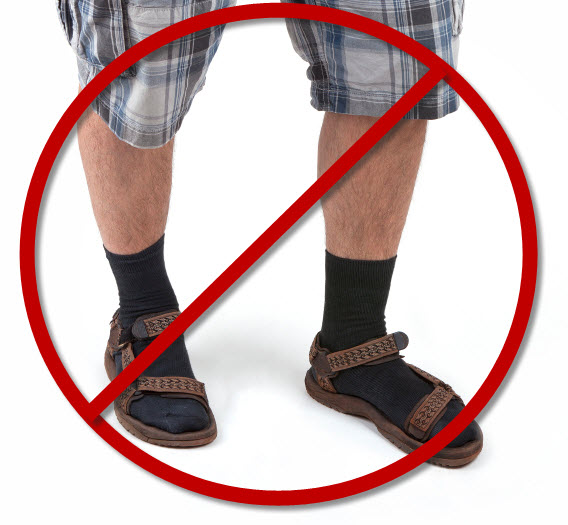 At the same time, it makes no sense to use them in the city and on cold, bare asphalt. Moreover, in such a case, the textile material wears out quickly, and socks become unusable. nine0003
At the same time, it makes no sense to use them in the city and on cold, bare asphalt. Moreover, in such a case, the textile material wears out quickly, and socks become unusable. nine0003
Found a violation? Complain about content
The information in this section should not be used for self-diagnosis or self-treatment. In case of pain or other exacerbation of the disease, only the attending physician should prescribe diagnostic tests. For diagnosis and proper treatment, you should contact your doctor.
The ankle is a fragile joint, almost not protected by muscles. It can be damaged when playing sports, slipping on ice, or simply accidentally tripping and unsuccessfully leaning on your foot. The bandage for fixing the ankle joint is used both for the treatment of injuries and for their prevention. nine0003
A bandage is a device that helps to fix a part of the body.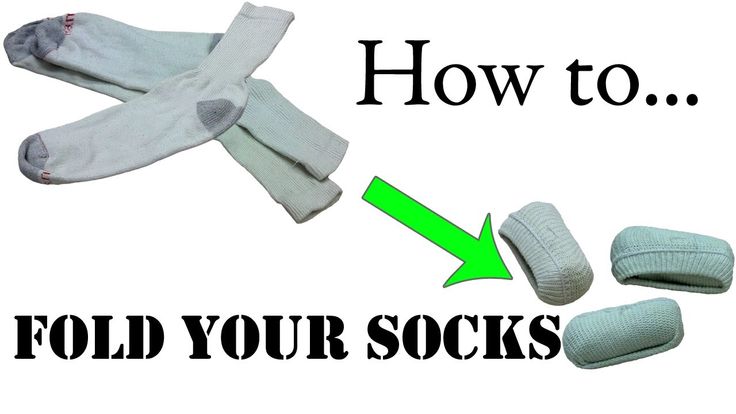 For minor injuries, it is made of dense fabric, for more serious ones, it may contain plastic or metal inserts. The bandage for fixing the ankle joint looks like a sock: it is put on the foot, leaving the toes open, and securely fixing the heel and ankle.
For minor injuries, it is made of dense fabric, for more serious ones, it may contain plastic or metal inserts. The bandage for fixing the ankle joint looks like a sock: it is put on the foot, leaving the toes open, and securely fixing the heel and ankle.
The main difference from plaster and splints is, of course, convenience. The bandage takes up little space, you can wear shoes on it, and soft fabric options are almost invisible under clothes. In addition, you can purchase a ready-made version at a pharmacy with a preliminary fitting, or order online. nine0003
Ankle bandages are available both ready-made and universal (for some types, the size can be changed by lacing), and by personal order. To select a brace, first of all measure your entire leg: you need the circumference of the shin, the length of the ankle and the exact size of the leg. Knowing these dimensions, you can easily choose the finished device. If you have a non-standard shape or leg size, it would be more correct to apply for the manufacture of a bandage according to your own parameters.
If you have a non-standard shape or leg size, it would be more correct to apply for the manufacture of a bandage according to your own parameters.
There are a lot of options for injuries in which a bandage is used. It helps with sprains, arthrosis, dislocation, fracture and recovery after surgery. The degree of bandage tightness depends only on the severity of the injury.
For mild sprains, bruises and arthrosis in remission, the doctor will prescribe a soft elastic bandage. It is made of elastic dense fabric, so it does not rigidly fix the foot - with minor injuries, this makes no sense.
A tighter version of the ankle brace is required for torn ligaments, severe bruises and loose joints. Such a bandage differs from a soft bandage by the presence of plastic or silicone elements, as well as clasps and laces that allow you to adjust the device to the size of your leg. It may be recommended to you if you have previously used a mild version, and it did not bring the expected effect. nine0003 This is what a rigid ankle brace looks like.
nine0003 This is what a rigid ankle brace looks like.
Rigid bandage consists of metal and plastic inserts. Only it provides complete immobility of the ankle joint, and therefore is used for the most severe injuries: fractures, arthritis, extensive torn ligaments and serious dislocations. These are the most expensive models, but only they will ensure complete immobility of the diseased joint and allow the bones and ligaments to recover in the shortest possible time.
This fixation option is not suitable for everyone. The main contraindication: diseases of the skin and veins of the lower extremities. An open fracture or serious wounds at the site of joint damage do not allow a tight bandage to be worn. A variety of skin problems such as rashes, allergies, ulcers (including those with diabetes) also do not allow the use of a bandage. Since the bandage will be tightly pressed to the skin for a long time, the disease may worsen. nine0003
Contraindications for venous disease include thrombosis, venous ulcers and arterial occlusion.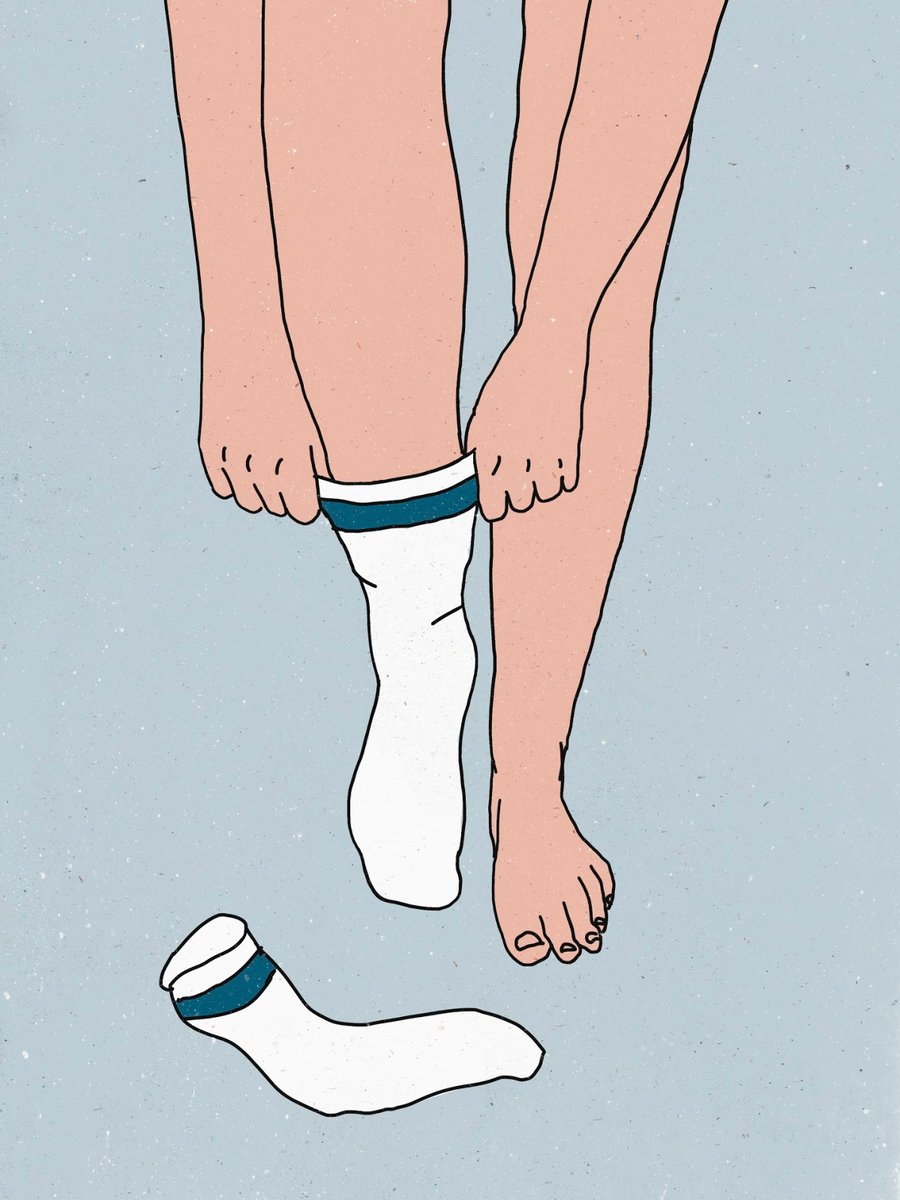 In severe vascular diseases, it is contraindicated to tighten the limb and disrupt blood circulation in the affected area. The bandage fits the leg too tightly, and it will be dangerous for damaged veins and arteries.
In severe vascular diseases, it is contraindicated to tighten the limb and disrupt blood circulation in the affected area. The bandage fits the leg too tightly, and it will be dangerous for damaged veins and arteries.
The bandage should be worn in a sitting position, over a thick cotton sock. In the first days, wear it for no more than an hour so that the leg gets used to its new position. You can gradually increase the wearing time, but do not forget to remove the bandage regularly to check the condition of the skin. If there is no redness or irritation on it, you can increase the load on the legs. nine0003
Remove the fixation every 6 hours to allow the feet to rest and treat the skin with an antiseptic.
Attention!
Only a doctor can prescribe a bandage. Without consulting a specialist, you are unlikely to be able to choose the right model and level of fixation.
The band itself also requires maintenance. Regularly clean it from dirt, soft bandages can be washed in warm water and soap. Dry them after that away from batteries and hot air. nine0003
Regularly clean it from dirt, soft bandages can be washed in warm water and soap. Dry them after that away from batteries and hot air. nine0003
Soft elastic bandage can be used not only for treatment, but also for the prevention of injuries. This is especially important for lovers of an active lifestyle: in some sports, you simply cannot do without it. You can choose special sports models, or you can pay attention to medical, soft and medium hardness.
If you play football, basketball or volleyball, then the brace will protect your ankles from possible sprains and sprains. It will also help in dancing, gymnastics or running - in other words, in all sports where there is a high load on the ankle and there is a risk of dangerous incorrect positioning of the legs. nine0003
In case of power loads, a tight bandage on the joints is used both as an injury prevention and to increase the load. In addition, a medium-hard brace is necessary if you have recently recovered from an ankle injury and want to return to training as soon as possible.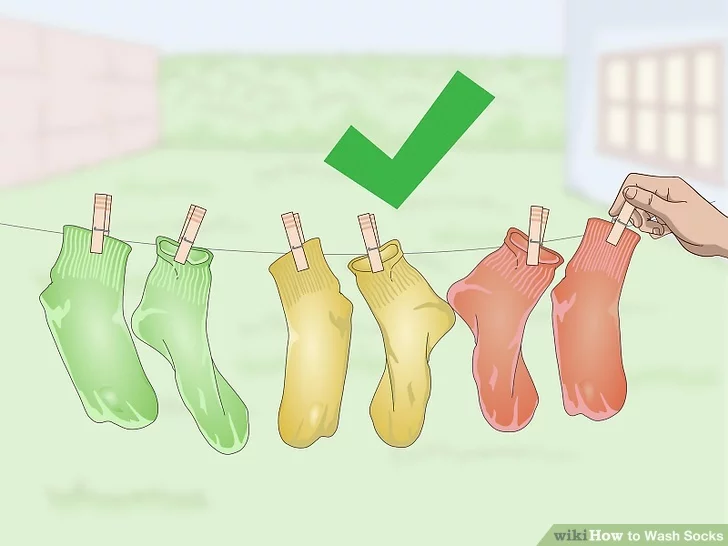
If you do manual labor or like to walk in heels, a soft bandage will also be useful for you. It will help you avoid injury, strengthen tendons and reduce fatigue after a long day on your feet. The main thing is to choose the right device together with the doctor, choose the right size, and the bandage will significantly improve your well-being and health in general. nine0003
